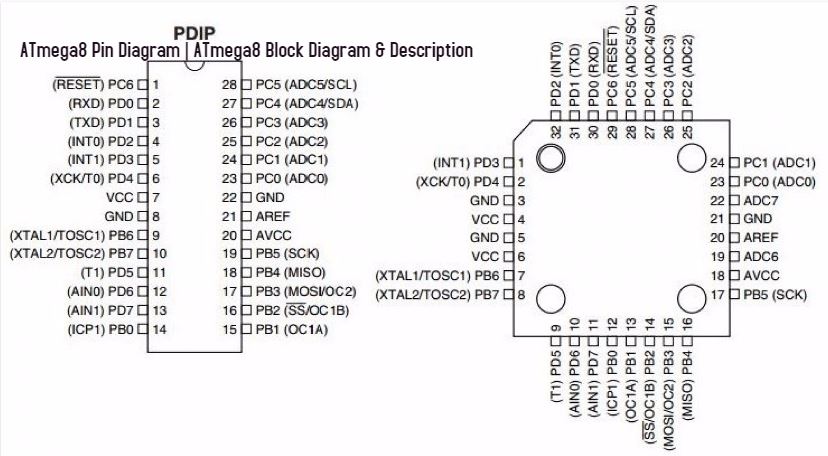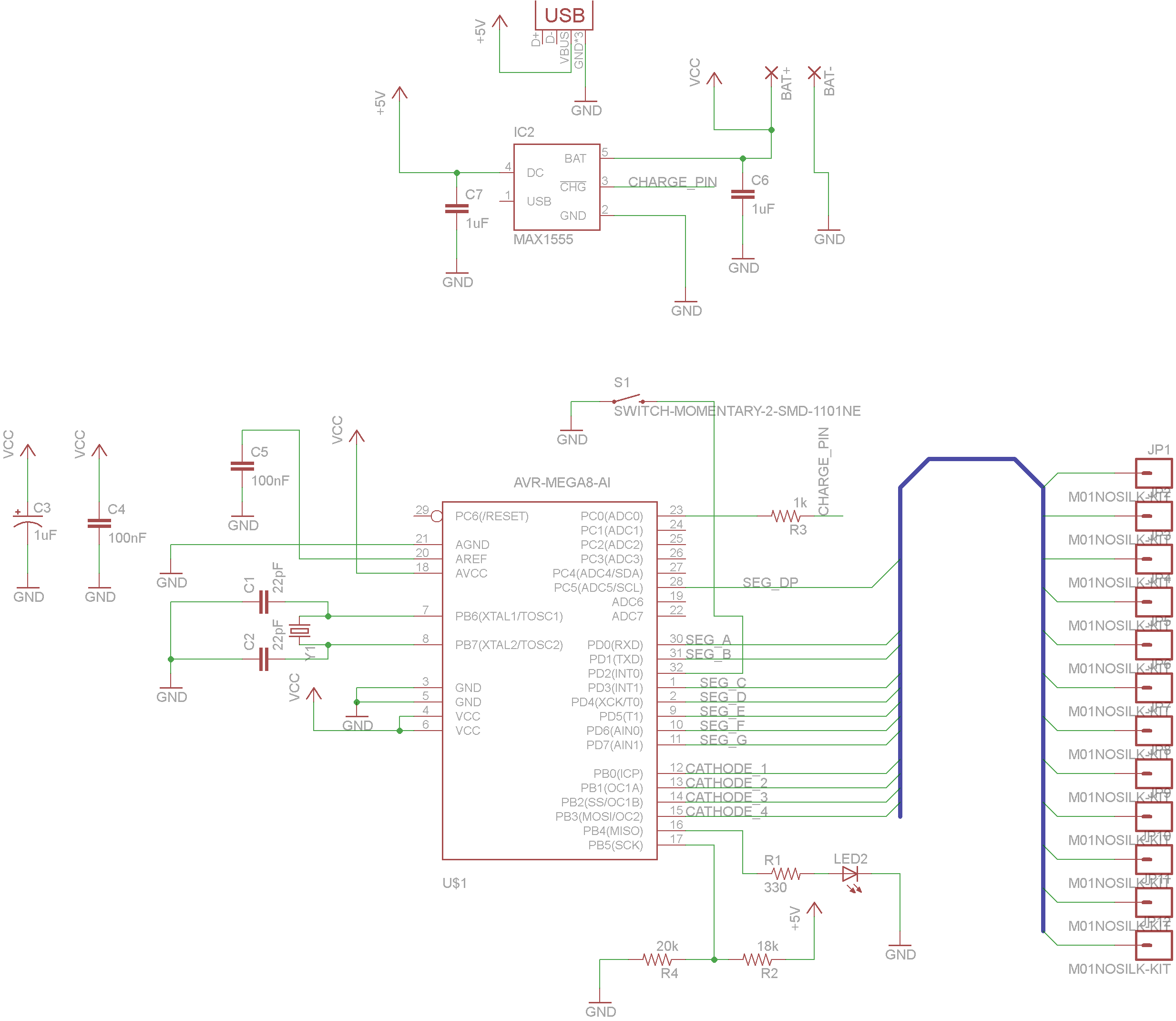

- #Atmega8 datasheet na russkom how to
- #Atmega8 datasheet na russkom full
- #Atmega8 datasheet na russkom free
#Atmega8 datasheet na russkom free
Atmel designers have decided that having a separate Analog VCC and Ground is the best way of allowing relatively noise free analog section, by allowing users to add filtering and separation of the Digital and Analog Planes, even inside the ATmega. There are issues where leaving the AVCC side unpowered causes parasitic power draw and can destablize the internal clock, or can prevent stable startup.
#Atmega8 datasheet na russkom full
Aside from that, they should for full operation of the chip (all ports/pins), to prevent floating pin issues on the AVCC side, to prevent noise on the digital side. Mainly, it has to be connected because the manufacturer says it should. Do I just have to accept it, or is there a good reason? A simple circuit for blinking a LED works without connecting VCC and AVCC. But nowhere I can find an explanation as to why they have to be connected. Note that Port C (5.4) use digital supply voltage, VCC. If the ADC is used, it should be connected to VCC through a low-pass filter. It should be externally connected to VCC, even if the ADC is not used. Even in the ATMega8 datasheet it says so: AVCC is the supply voltage pin for the A/D Converter, Port C (3.0), and ADC (7.6). I often read that it is good practice to connect VCC with AVCC. According to the it looks like you need a 2x3 pin 2.54mm pitch header.

>100uF) You can maybe do without this if your source is nice and quiet (e.g.


All you need apart from the programmer and the chip is a couple of decoupling caps, and some way of connecting the programming signals to the breadboard.
#Atmega8 datasheet na russkom how to
It's not that it's bad to ask for help, but it's good to know how to fish. 'typical application' are the magic words you need to use in your search terms. For complex things like microcontrollers, there might be a separate application note. Skimming the datasheet is the way to start. Typical values contained in this datasheet are based on simulations and characterization of. High-performance, Low-power Atmel®AVR® 8-bit Microcontroller. This empowers system designer to optimize the device for power consumption versus processing. By executing powerful instructions in a single clock cycle, the ATmega8A achieves throughputs close to 1 MIPS per MHz. The manufacturers have a clear interest in making it easy for you to use their product.ĪTmega8A Data Sheet Introduction The ATmega8A is a low-power CMOS 8-bit microcontroller based on the AVR® enhanced RISC architecture. Rob, you should know that any manufacturer of a non-trivial device will publish documentation to answer exactly this question. Finding this information is the most useful skill a beginner can have. Not only does this application note have a minimal circuit to get the MCU to work, it goes in to great detail on how to connect a programming port, select oscillators, deal with ESD hazards, potential glitches on the reset line, connecting JTAG, PCB layout, and basically everything a beginner needs. $ begingroup $ First google result for 'site: atmega typical application' finds.


 0 kommentar(er)
0 kommentar(er)
